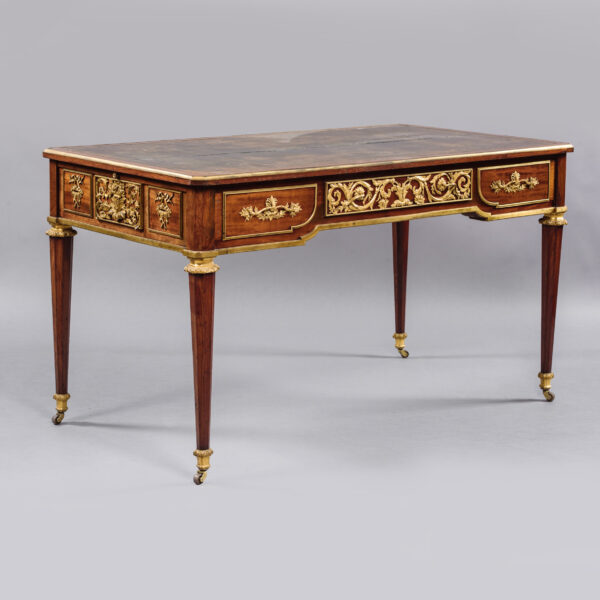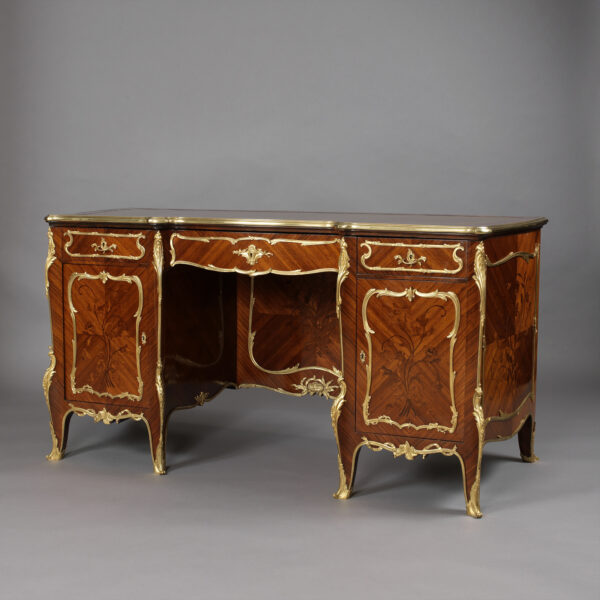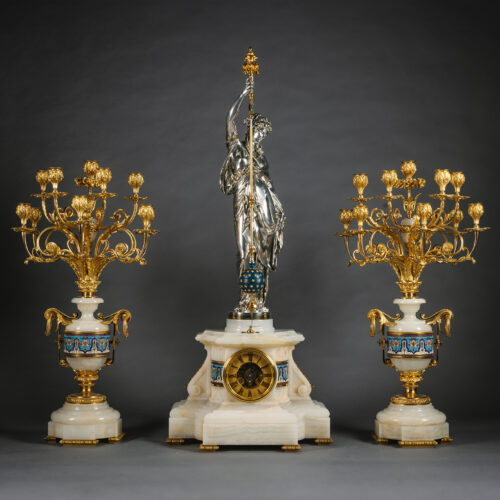François Linke
A Rare Louis XVI Style Gilt-Bronze Mounted Mahogany Cylinder Bureau
£65,000
A Rare Louis XVI Style Gilt-Bronze Mounted Mahogany Cylinder Bureau. By François Linke, Paris. Index Number 100. France, Circa 1890. The top with three...
Dimensiones
Height: 115 cm (46 in)Width: 130 cm (52 in)
Depth: 63 cm (25 in)
Descripción
A Rare Louis XVI Style Gilt-Bronze Mounted Mahogany Cylinder Bureau. By François Linke, Paris. Index Number 100. France, Circa 1890.
The top with three quarter pierced gallery. The cylinder front centred by a gilt-bronze foliate framed oval decorated with floral marquetry and a harp and books representing lyric poetry. Flanked by twin-light gilt-bronze candelabra. The roll-top enclosing an arrangement of four small drawers and five small compartments above a gilt-tooled green leather writing surface. The frieze fronted by a central drawer with spring-loaded secret release and faced with a relief-cast plaque of cloudborne putti representing the arts. The flanking drawers with gilt-bronze acanthus cast handles and fruiting cornucopia escutcheons. The sides with gilt-bronze relief cast plaques of putti emblematic of sculpture. The reverse with a gilt-bronze rose wreath. On square section tapering legs.
The locks signed to the reverse ‘Ct. Linke / Serrurerie / Paris’.
In total François Linke is recorded to have made ten examples of this cylinder bureau. This one is richly veneered in plum-pudding mahogany, it was also available in amaranth or plane and satiné with various complexities of marquetry. Of these ten, the present example is amongst the most superior, few were made with gilt-bronze candle arms flanking the cylinder.
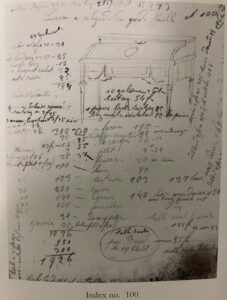
Linke’s sketch and registre record for Index Number: 100 (Courtesy Christopher Payne/Linke Archive).
In Linke’s register it is recorded as index number 100 with the title ‘Bureaux à cylindre, Louis XVI Marie-Antoinette’. This is in reference to the Louis XVI model of roll-top desk on which Linke’s version is based.
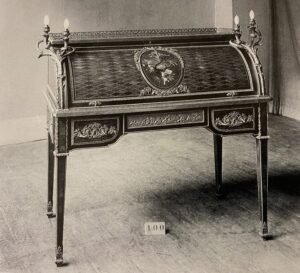
Linke’s Fiche of Index 100, ‘Bureaux à cylindre, Louis XVI Marie-Antoinette’. (Courtesy Christopher Payne/Linke Archive).
The original bureau was supplied by Jean-Henri Riesener for Marie-Antoinette at the Tuileries in 1784 (Inv. No. OA 5226 Musée du Louvre). The exhibition of the original bureau at the retrospective Exposition de l’union centrale des arts décoratifs of 1882 was the inspiration for late 19th century copies of the model by leading Parisian ébénistes, and the model was made by Beurdeley, Dasson, Durand as well as Linke.
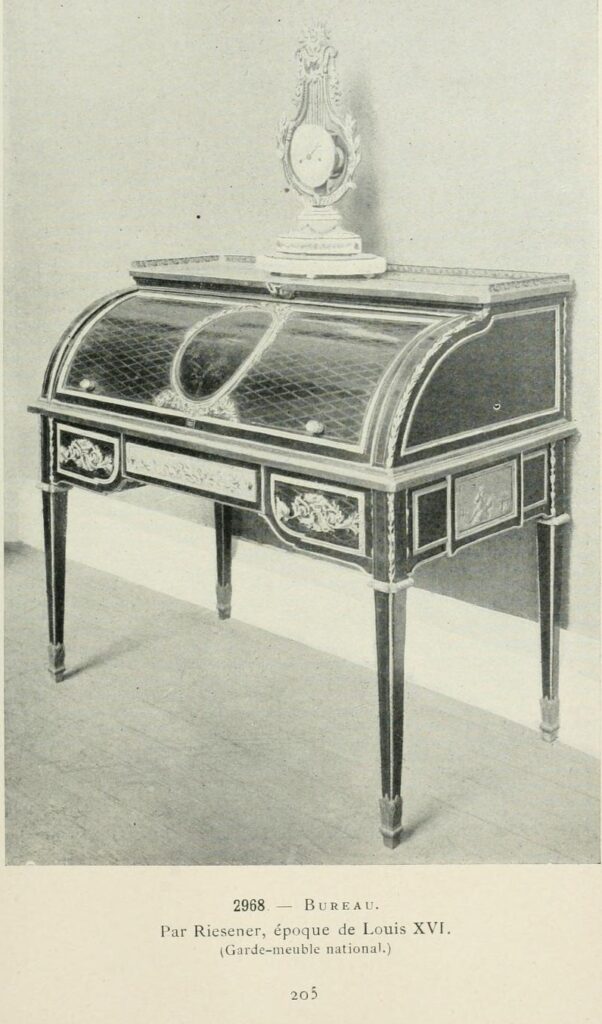
The bureau supplied by Jean-Henri Riesener for Marie-Antoinette at the Tuileries in 1784 (Inv. No. OA 5226 Musée du Louvre), pictured at the Exposition Universelle in Paris in 1900, (Garde-meuble national) in the ‘Catalogue officiel illustré de l’exposition rétrospective de l’art française des origine à 1800’, no- 2968.
Fecha
Alrededor de 1890
Origen
Francia
Medio
Gilt-Bronze Mounted Mahogany
Firma
The locks signed to the reverse ‘Ct. Linke / Serrurerie / Paris’.
François Linke (1855 - 1946) fue el ebanista parisino más importante de finales del siglo XIX y principios del XX, y posiblemente el más cotizado de su época.
Nació en 1855 en el pequeño pueblo de Pankraz, en la actual República Checa. Los registros indican que Linke realizó un aprendizaje con el maestro ebanista Neumann, y que en 1875, a la edad de 20 años, llegó a París, donde vivió hasta su muerte en 1946.
Se sabe que los incipientes talleres de Linke estaban activos en París, en el Faubourg St. Antoine, ya en 1881, y durante esta época suministraba muebles a otros fabricantes más establecidos, como Jansen y Krieger.
La calidad de la artesanía de Linke no fue superada por ninguno de sus contemporáneos y alcanzó su punto álgido con su espectacular stand en la Exposición Universal de París de 1900, donde su Grand Bureau se llevó la medalla de oro. Apostó su fortuna y su reputación en este stand, exponiendo varios muebles impresionantes con montajes escultóricos de la más excepcional calidad y proporción. Su apuesta funcionó y su reputación se consolidó hasta el punto de que Linke siguió siendo la casa de muebles más importante de París hasta la Segunda Guerra Mundial.
Como informó el Art Journal en 1900 sobre el stand de Linke
La obra del Sr. Linke... fue un ejemplo de lo que se puede hacer buscando la inspiración entre los ejemplos clásicos de Luis XV y XVI sin copiar en gran medida estas grandes obras. La obra de M. Linke era original en el verdadero sentido de la palabra, y como tal se recomendaba al buscador inteligente de las cosas realmente artísticas de la Exposición. Se empleó un maravilloso talento en la realización de los magníficos muebles expuestos....'
La formación del estilo distintivo de Linke fue posible gracias a su colaboración con el escultor Léon Messagé. Juntos, Linke y Messagé diseñaron muebles para el stand de Linke en la exposición de 1900, con exuberantes figuras alegóricas fundidas en altorrelieve, que ejemplificaban la capacidad de Linke para fusionar a la perfección los diferentes medios de la talla en madera, el bronce y la marquetería en un todo dinámico y unificado.
En la actualidad, Linke es más conocido por la excepcional calidad de su trabajo, así como por su individualismo e inventiva. Toda su obra tiene los montajes más finos y lujosos, aplicados muy a menudo a carcasas comparativamente sencillas. La brillantez técnica de su obra y el cambio artístico que representó nunca se repitieron.
Bibliografía:
Payne, Christopher. François Linke, (1855 - 1946), The Belle Époque of French Furniture, Antique Collectors' Club, (Woodbridge, UK), 2003.
Meyer, Jonathan. Great Exhibitions - London, New York, Paris, Philadelphia, 1851-1900, Antique Collectors' Club, (Woodbridge, UK), 2006; pp. 298 - 300.
Ledoux - Lebard, Denise. Les Ébénistes du XIXe siècle, Les Editions de l'Amateur, (París), 1984; pp. 439-43.
Revue Artistique & Industrielle, (París), julio-agosto de 1900.
Coral Thomsen, D. (ed), The Paris Exhibition 1900, The Art Journal, 1901; p.341.
C. Payne, Linke, Blue Daybook entry, p. 475, for the Blue Daybook entry; and p. 488, for a black and white cliché of index number 100.
D. Alcouffe et al., Furniture Collections in the Louvre, Vol. I, p. 283-285, for an illustration and discussion of the 18th century model.
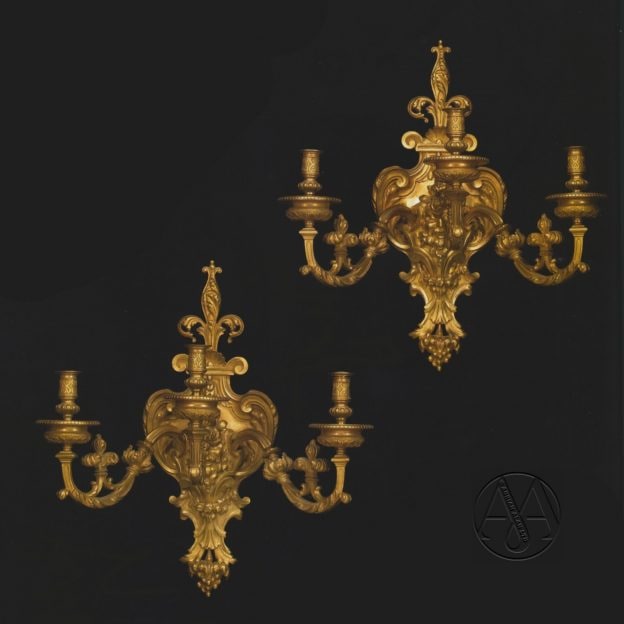




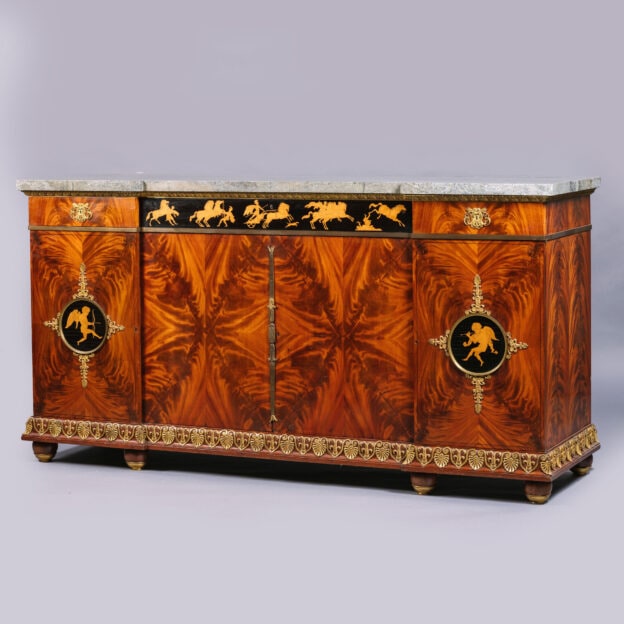
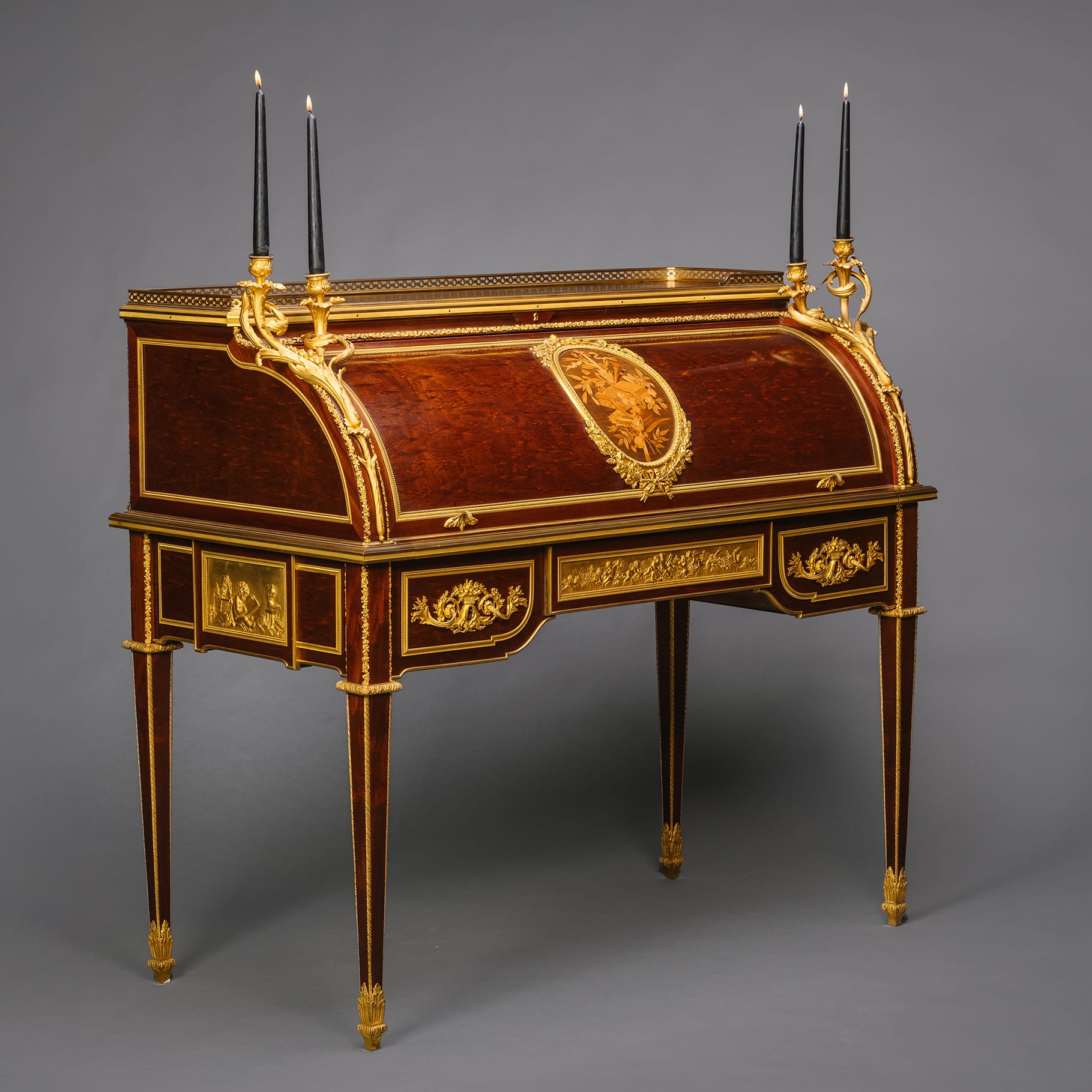
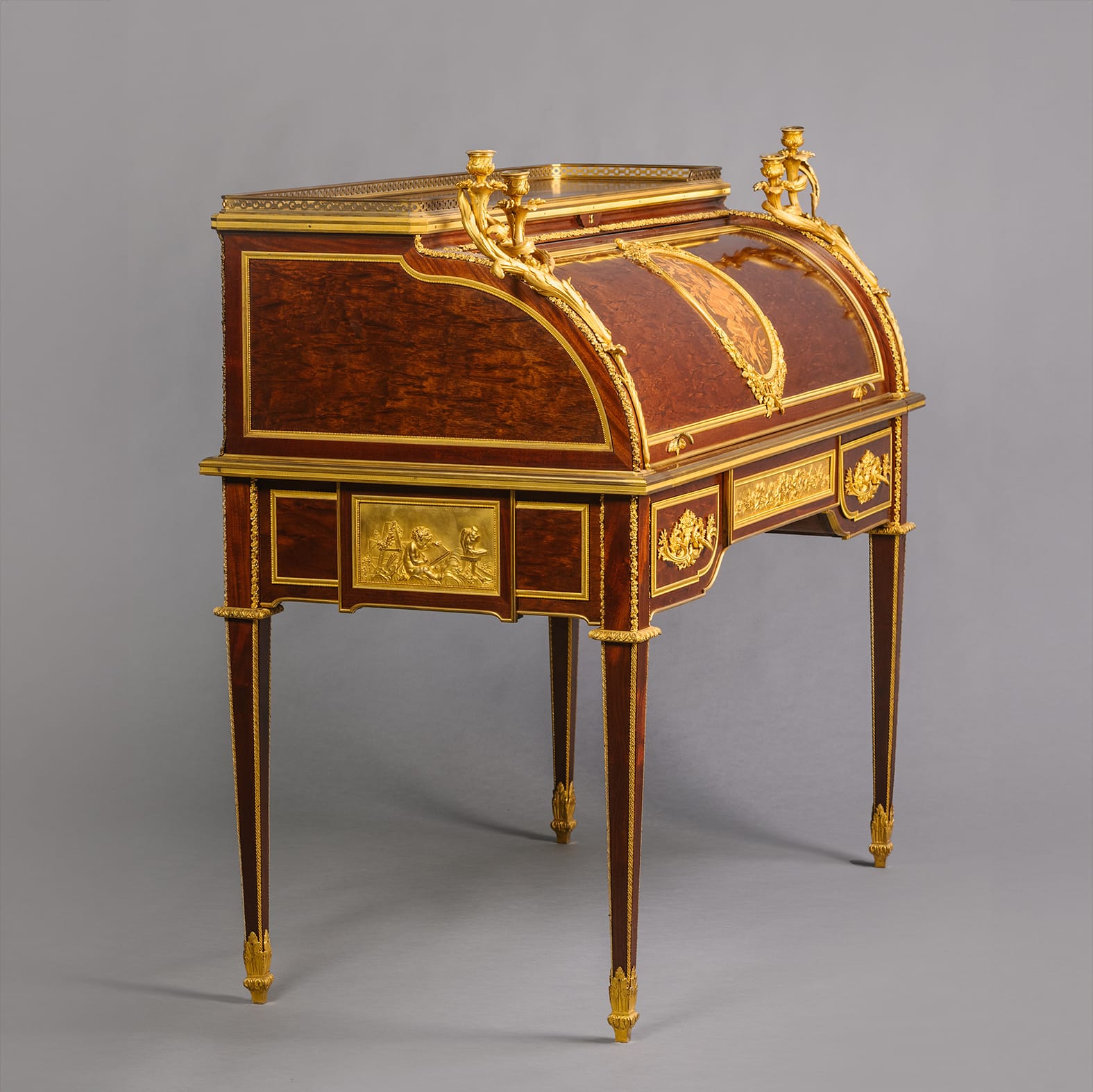
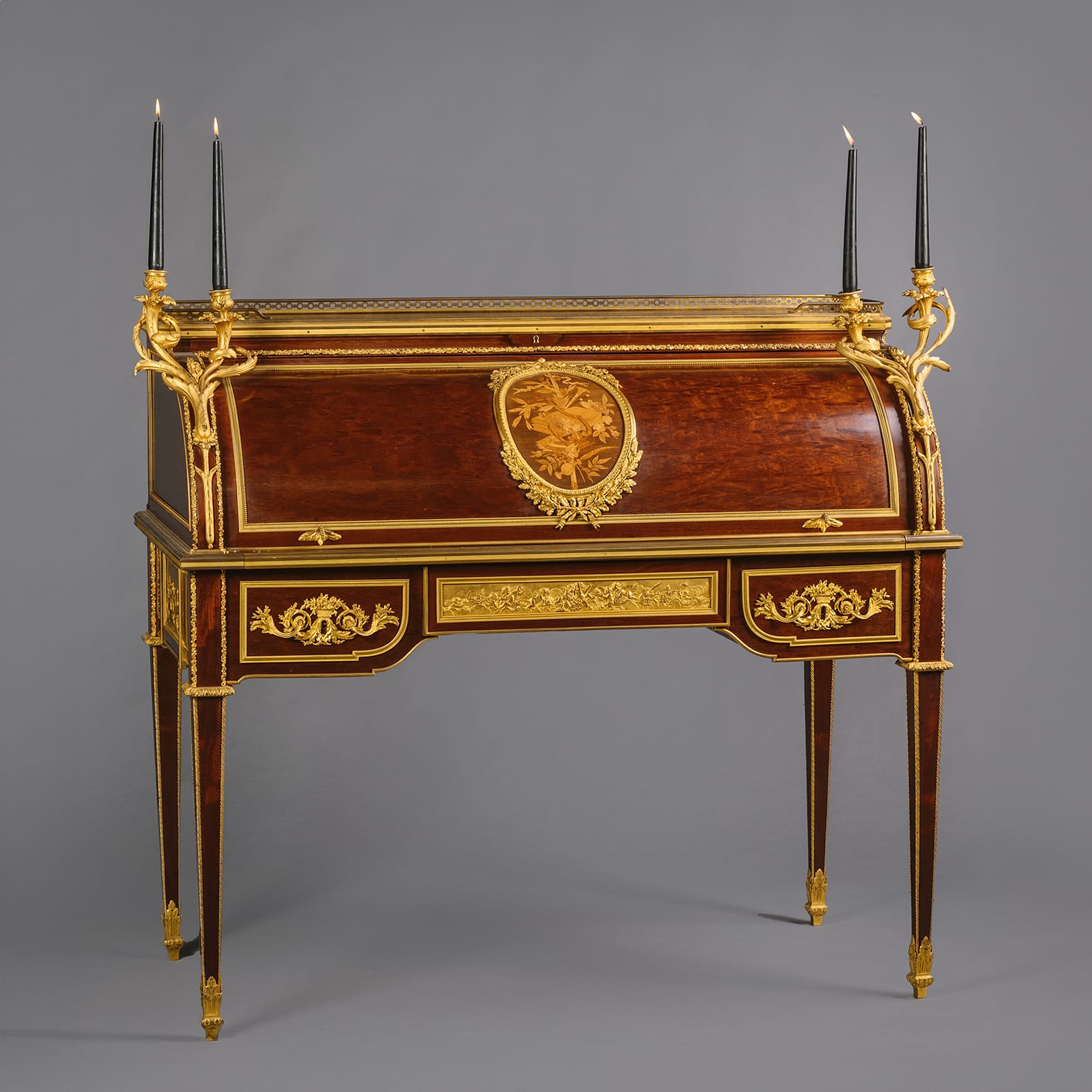
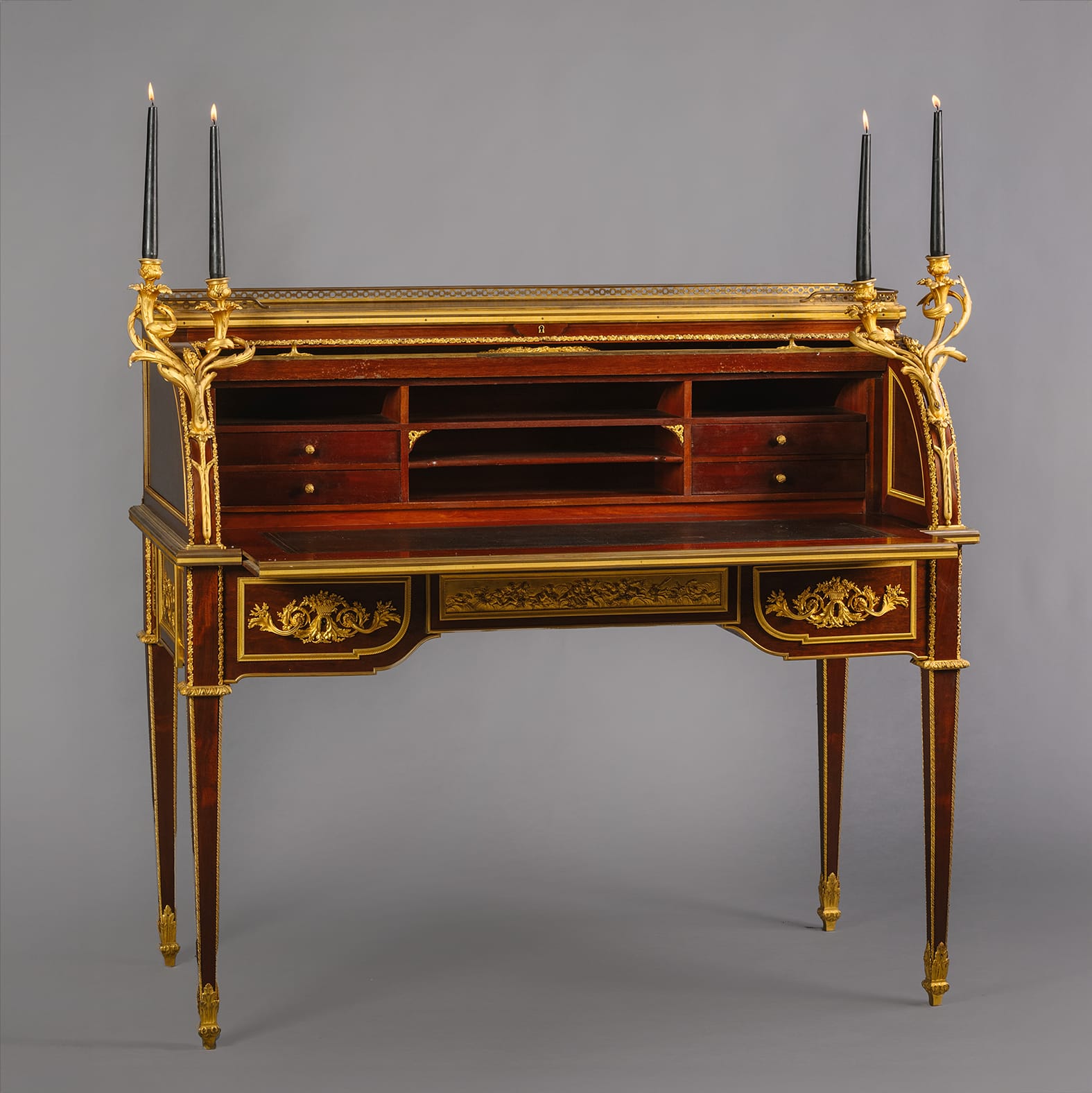
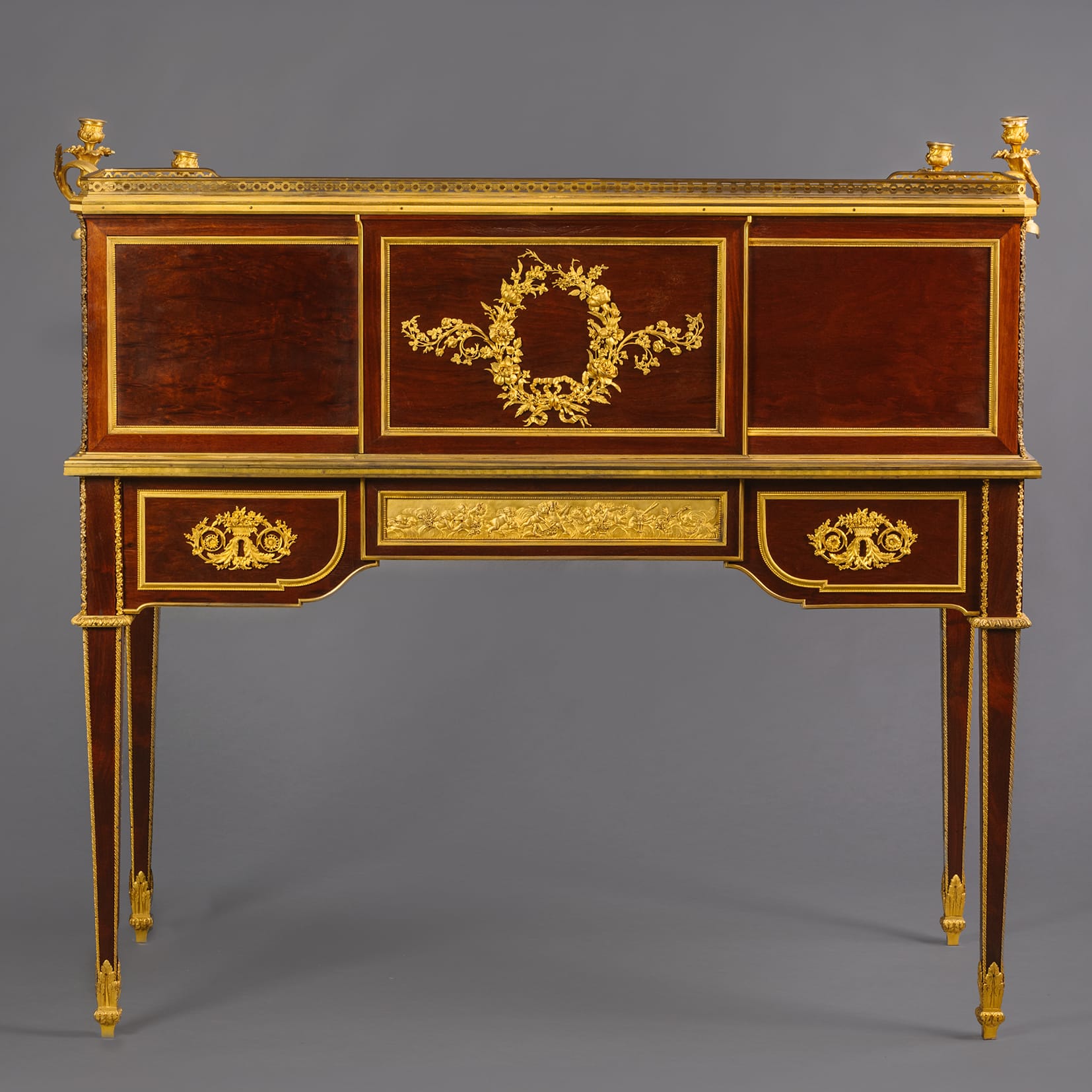
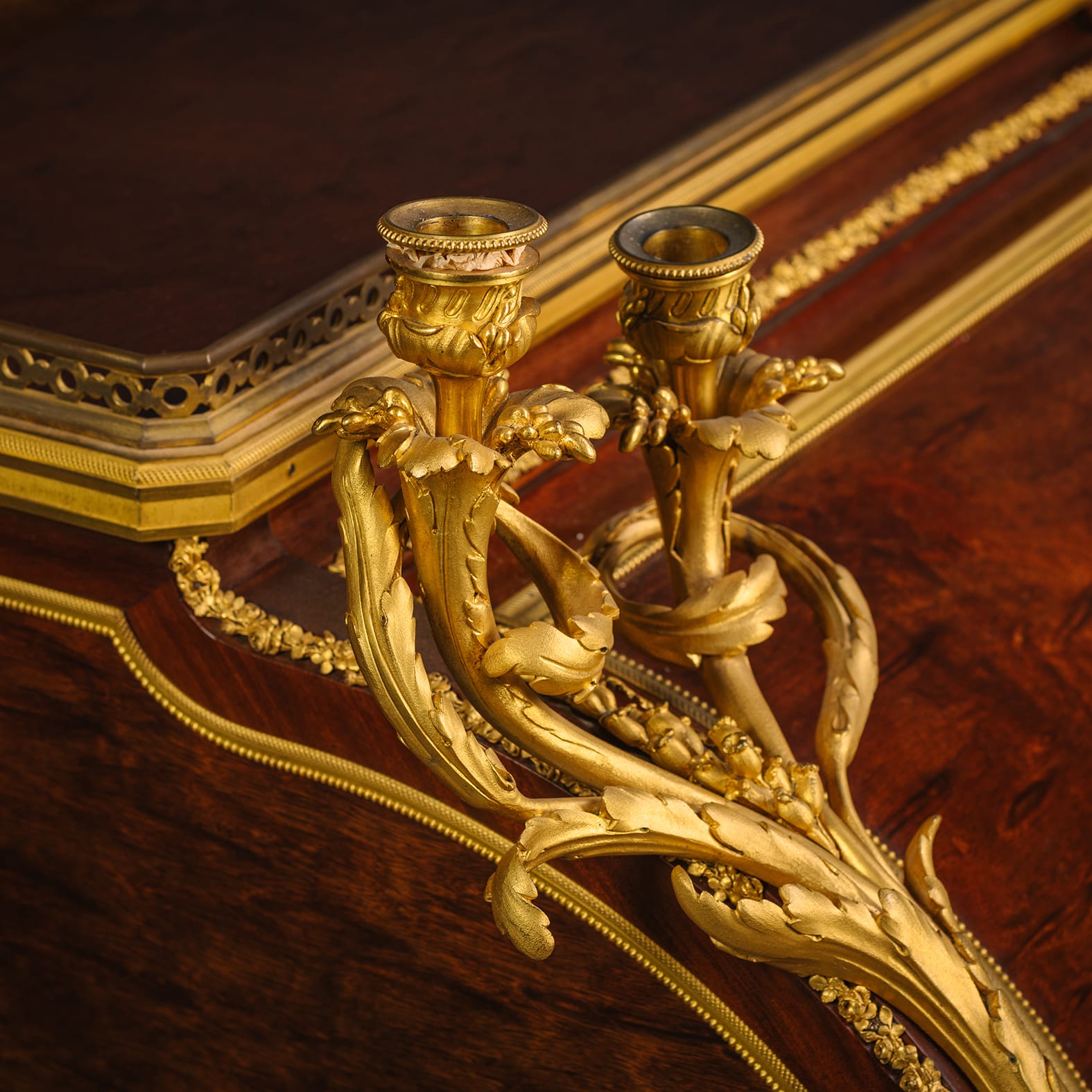
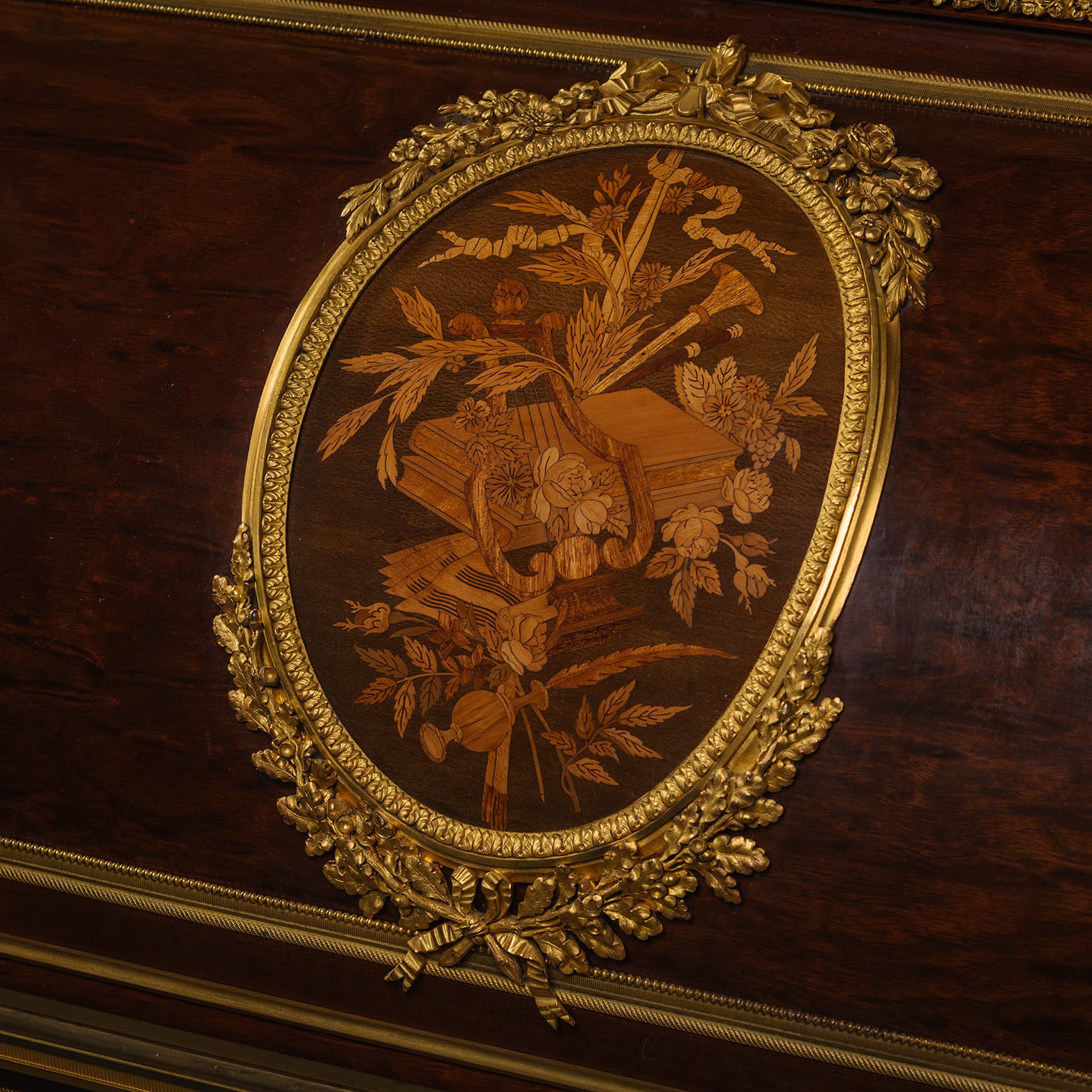
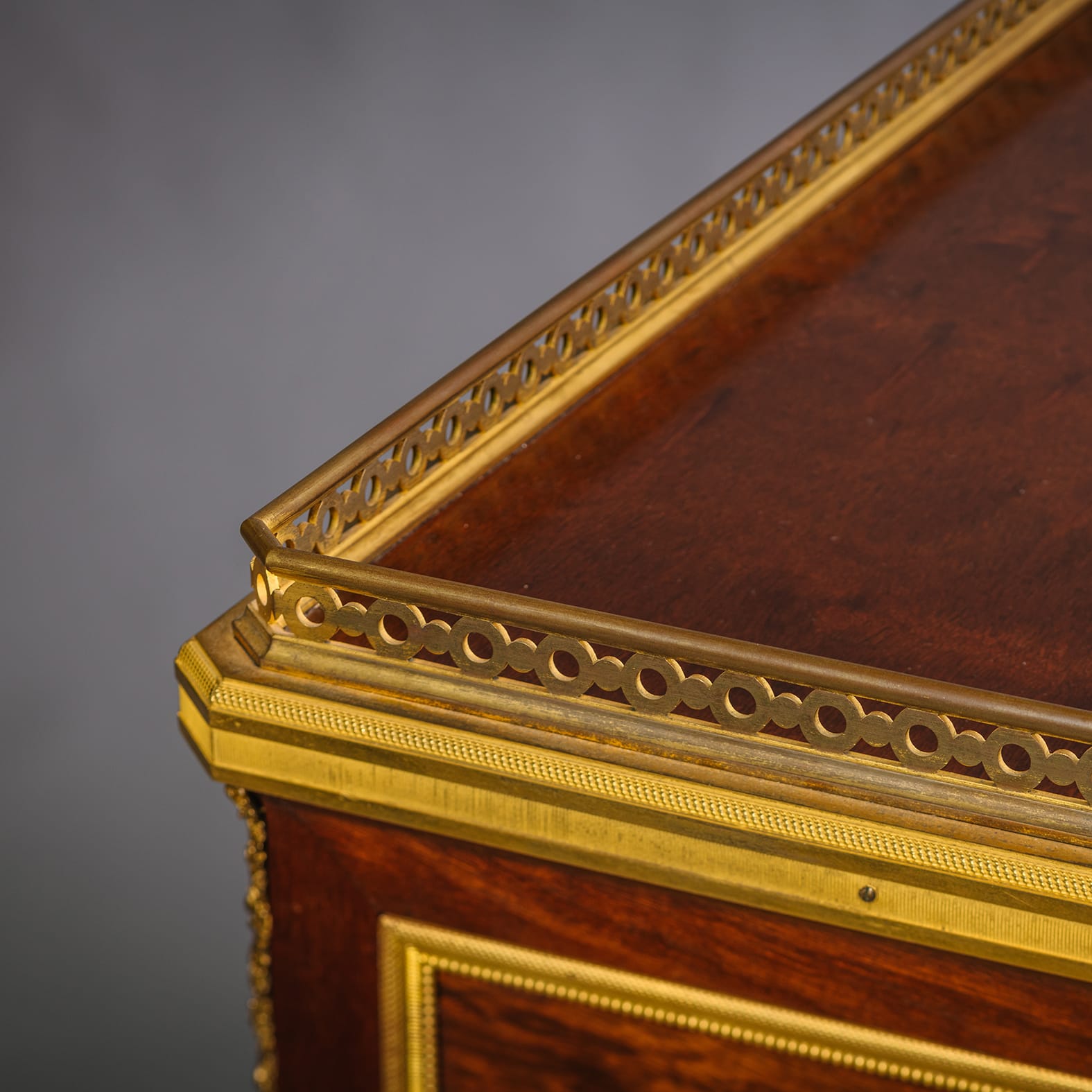
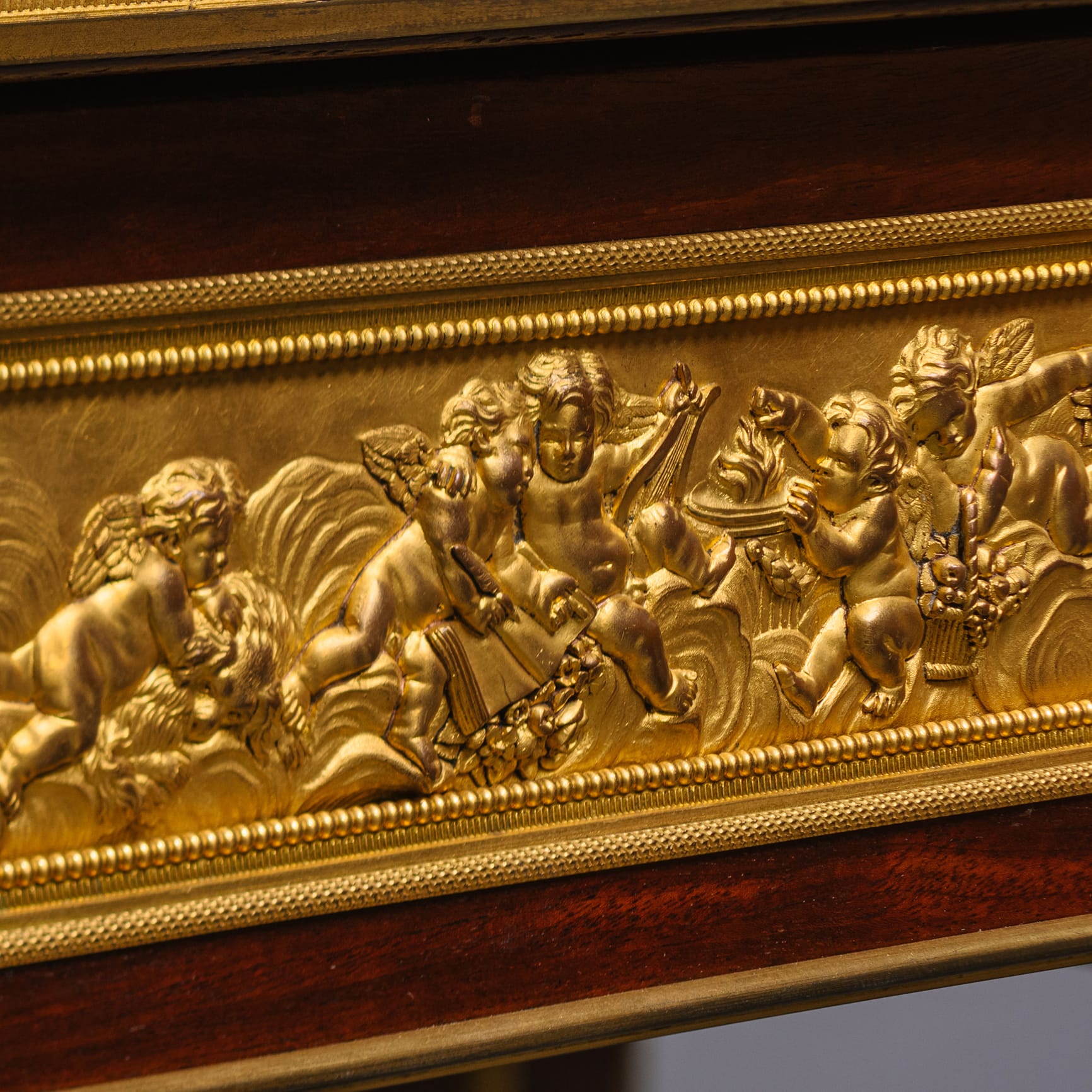
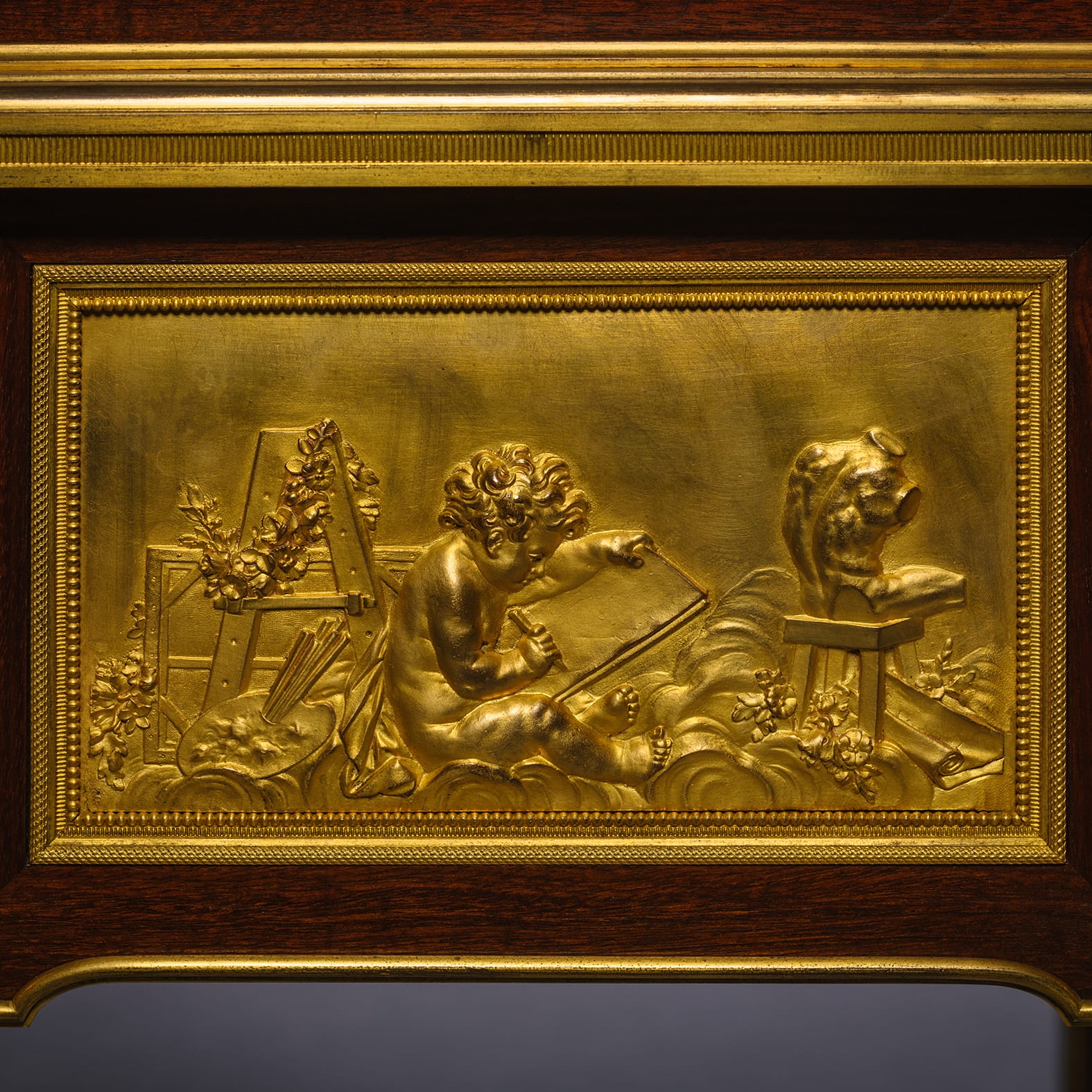
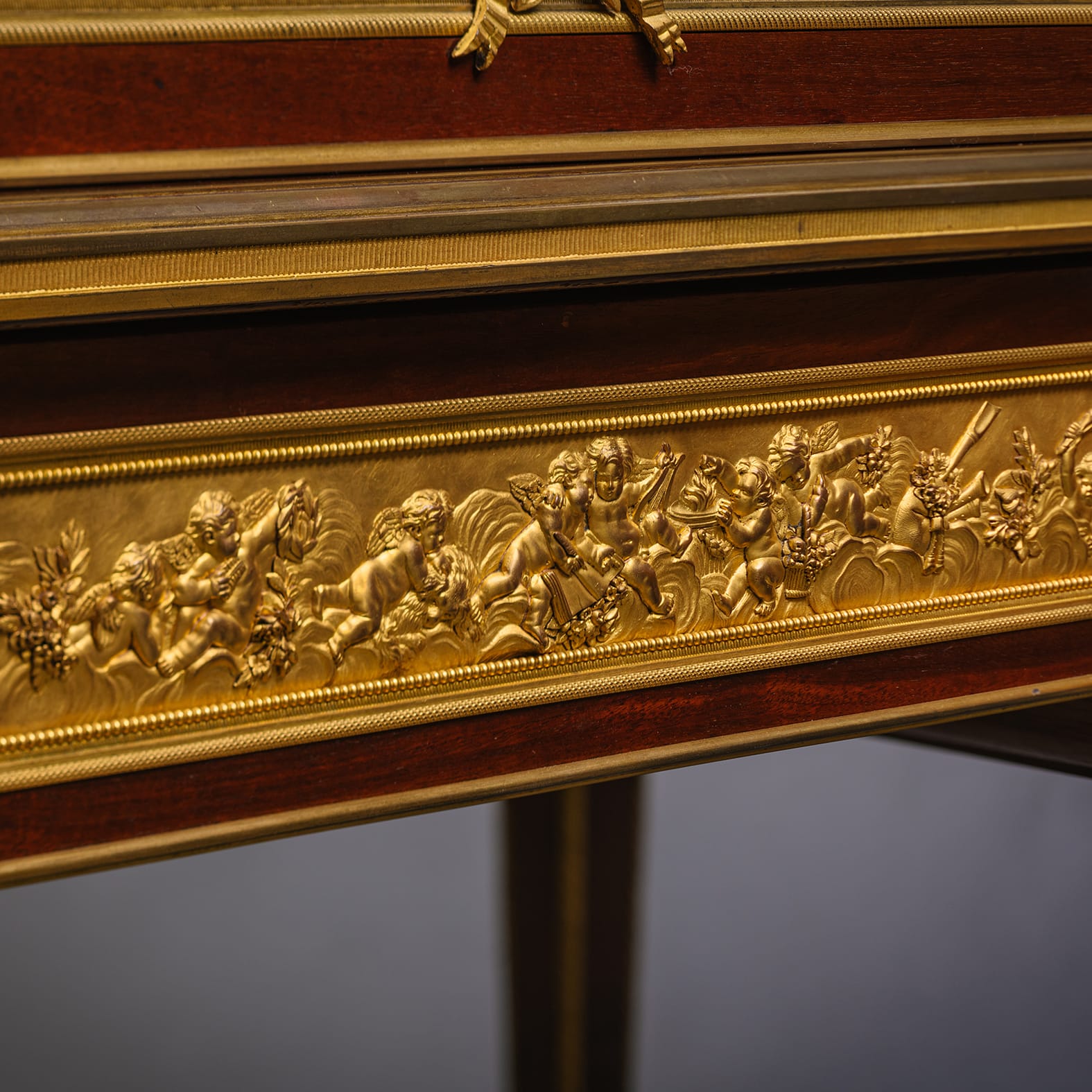
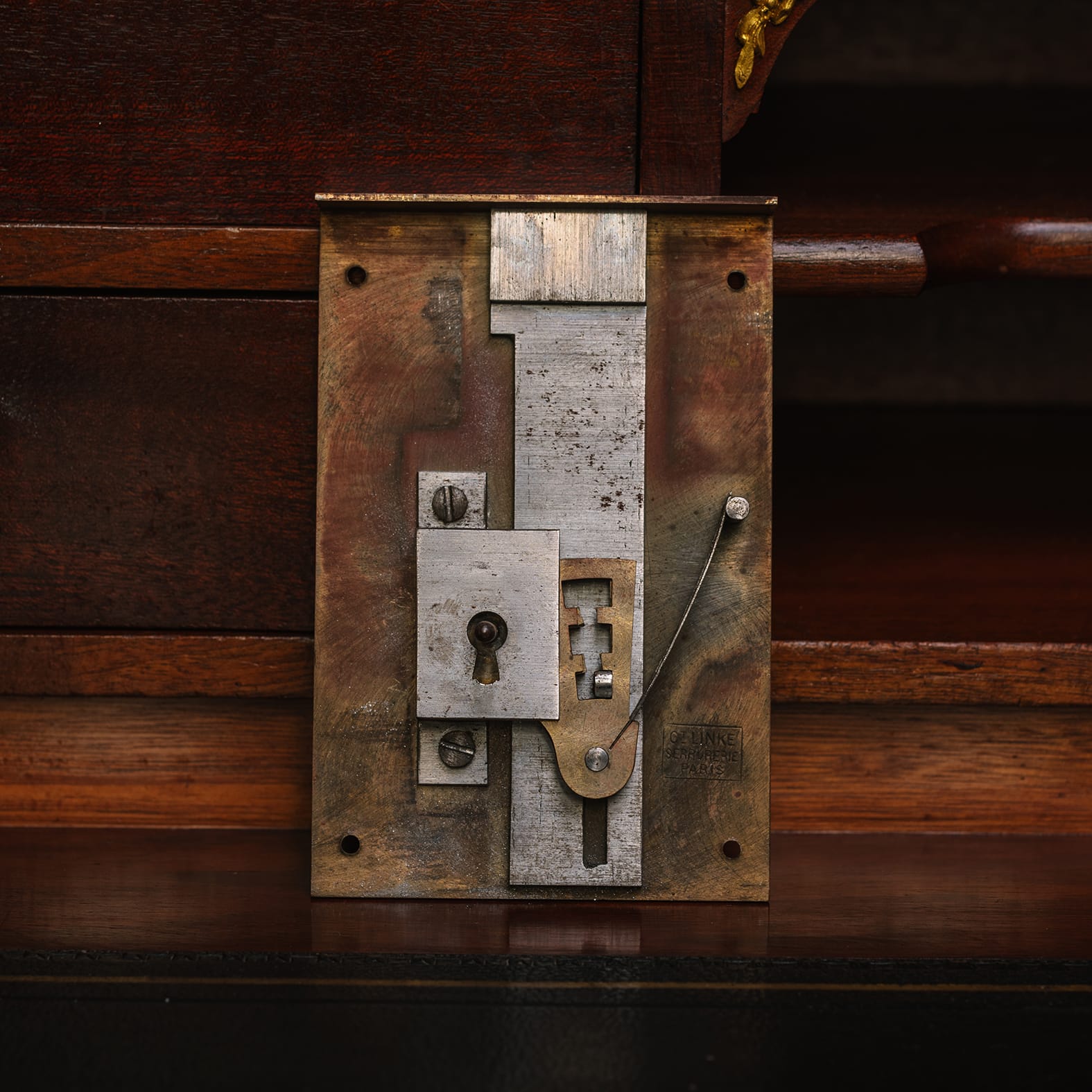
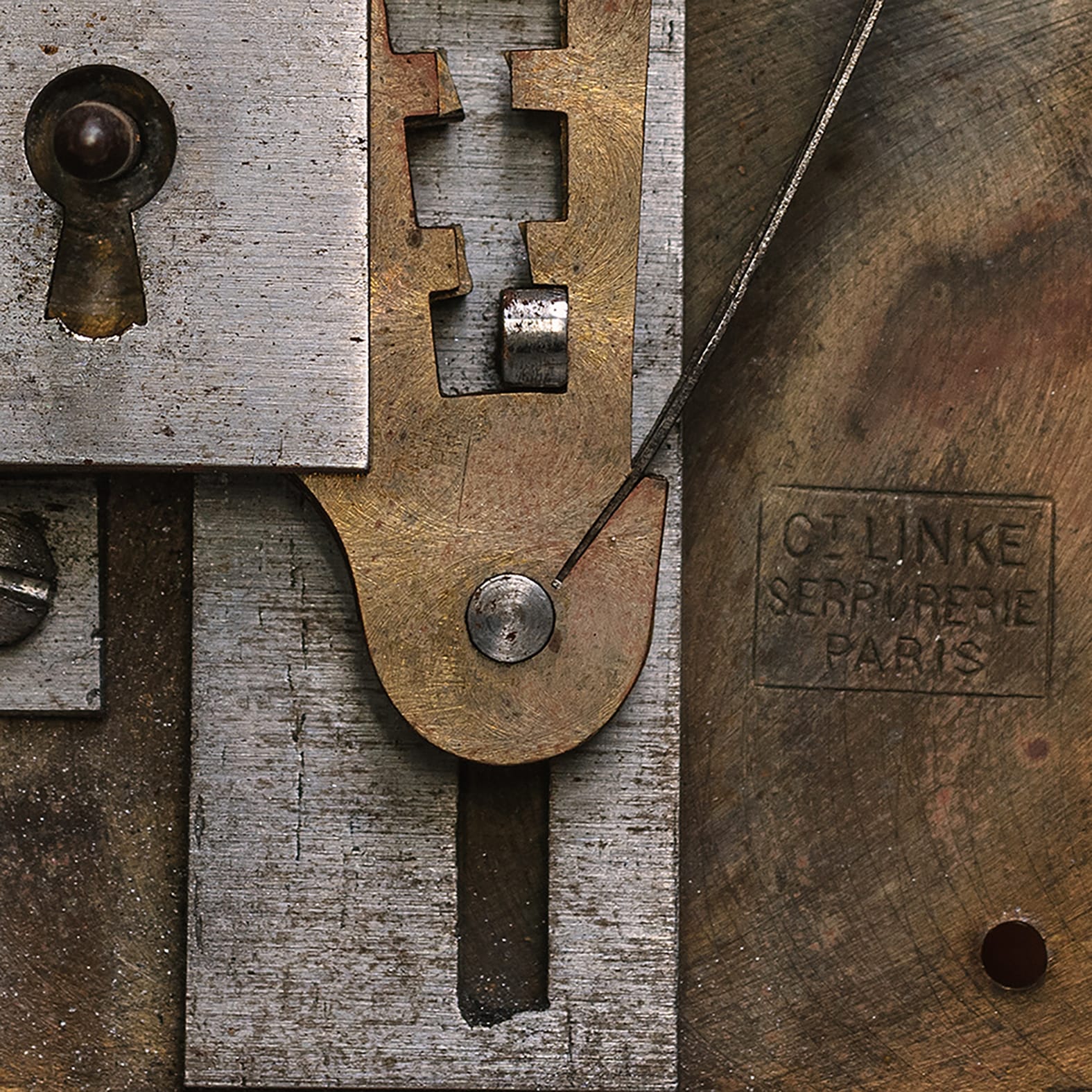

 Imprimir
Imprimir